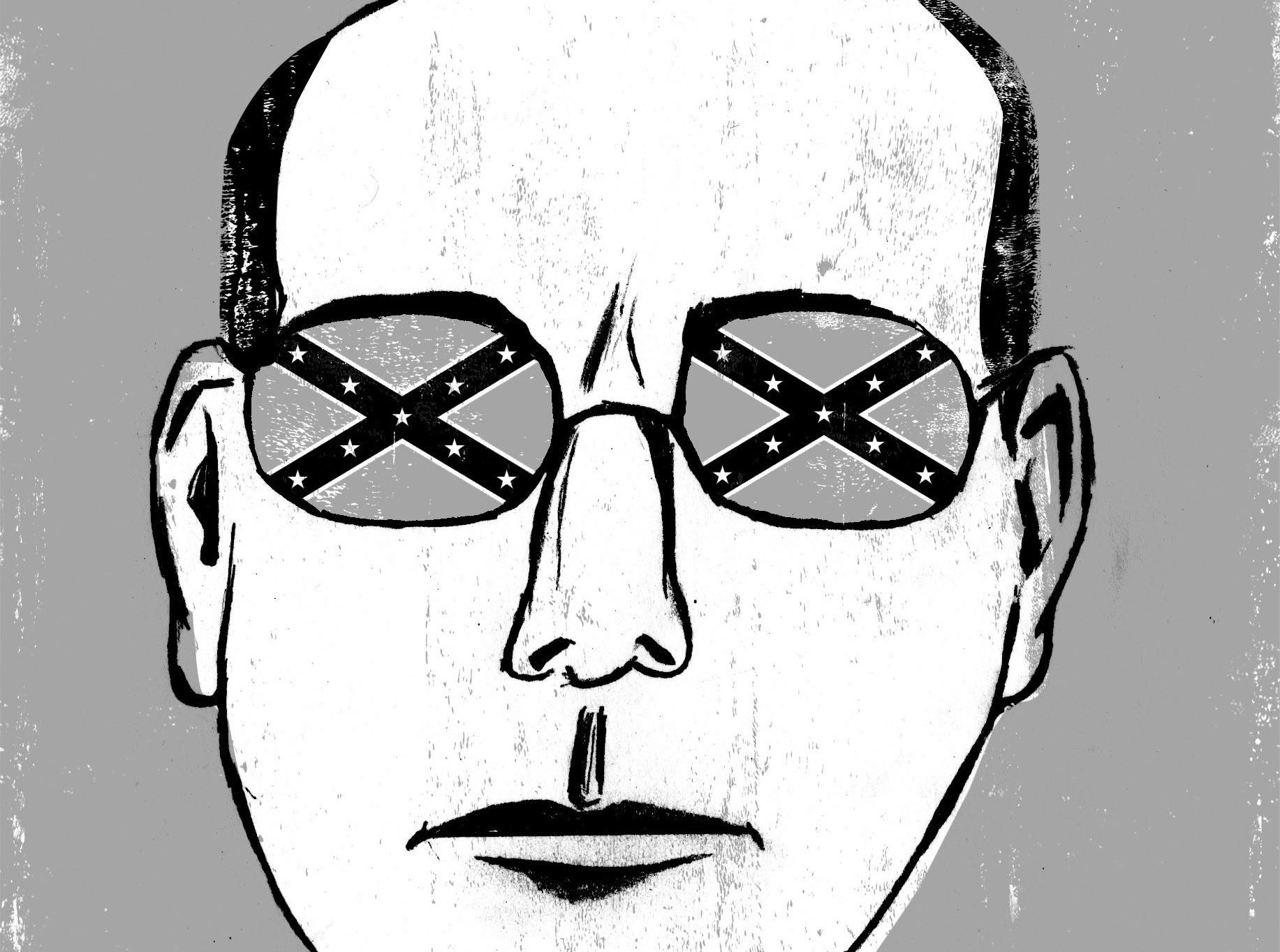The named plaintiffs in the consolidated redistricting suits argued before the North Carolina Supreme Court on January 7 are former legislator Margaret Dickson and the North Carolina NAACP. Defendants named are Republican Senator Robert Rucho and the State of North Carolina.
The case could have been styled NAACP v. Art Pope.
Absent Pope, the maps that plaintiffs claim were calibrated to dilute the voting strength of the black population would never have been drawn. It takes a full-blown flow chart to track Pope’s influence.
In 2010, Pope spent $2.5 million, either directly or through PACs like Real Jobs NC (which he founded in 2010 and seeded with $200,000) and Civitas Action (which he founded in 1988 and almost completely underwrites) to elect Republican majorities in both houses of the state General Assembly.
Another PAC to which Pope had contributed is the Republican State Leadership Committee (RSLC), which funneled $1.2 million to Real Jobs NC in 2010.
When the Legislature convened in 2011, Pope, a lawyer who has never practiced law, was named special counsel to the legislative committee redrawing the boundaries of all the state’s legislative districts and the 13 U.S. House of Representatives districts.
“Art Pope was the only non-legislator [except for consultants] who saw the maps or had any input on them when they were being drawn,” said Anita Earls, the NAACP’s attorney.
Packing African Americans into electoral Bantustans while creating adjacent white havens for Republican candidates is a practice Republican legislatures are using across the South.
The redistricting was directed by Tom Hofeller, a redistricting consultant who works in states where legislatures are controlled by Republicans. Hofeller maintains an office in the Republican National Committee building behind the Library of Congress. More than two-thirds of the fees and expenses Hofeller incurred were covered by the RSLC.
The story doesn’t end here.
Unless the state Supreme Court rules unexpectedly for the NAACP and Dickson, the district political maps Hofeller created will determine which party controls North Carolina until two years after the 2020 Census. As we go to press, the court has not ruled, but a ruling against the NAACP is a safe bet.
The North Carolina Supreme Court is divided 4-3 between Republicans and Democrats and has already made two preliminary rulings on the case, on each occasion voting 4-3 in favor of the state.
In both instances, the deciding vote was cast by a Republican justice whose foundering 2012 re-election campaign was saved by more $1 million donated by the RSLC—the same RSLC that paid for the redistricting.
One month before election day 2012, Justice Paul Newby was badly trailing Democrat Sam Irvin IV (grandson of Sam Irvin Jr., the Democrat who chaired the Senate Watergate Committee).
Then the RSLC entered the race, contributing $1.65 million to Justice for All NC. Between October 11 and November 5, Justice for All spent $1.95 million on TV ads, turning the race around and reelecting Newby. Some of that money was provided by Pope and Americans for Prosperity, a frequent recipient of Pope family money.
Newby outspent his Democratic rival by 10-to-1, with most of the money spent in October, and was reelected by a narrow margin.
Unsurprisingly, the high court has been an unfriendly forum for the plaintiffs.
The justices refused to consider the plaintiffs’ argument that Newby should recuse himself because the organization that paid for his reelection campaign also paid for the drawing of the maps the court was considering. And discovery in the case, Anita Earls said, has been difficult, in part because the justices denied the plaintiffs access to Hofeller’s correspondence and other paperwork.
“We contended Hofeller was paid with public funds, so his e-mails and records are part of the public record,” Earls said. “The court ruled against us.”
By a 4-3 vote.
And there is not much of a paper trail, because Hofeller assiduously avoids e-mail. He testified that he received only “oral directives” from two legislators. Yet Earls still believes the facts work for her clients. “Hofeller testified that he started out with a quota,” she said. “A racial proportion table that he used to meet his quota.”
Using the quota, Hofeller designated a number of “Voting Rights Act districts” and packed them with black voters, with many of the districts configured to snake their way through black counties and precincts.
Packing African Americans into electoral Bantustans while creating adjacent white havens for Republican candidates is a practice Republican legislatures are using across the South. While Senator Robert Rucho has repeatedly said that African-American voters were clustered together to enhance their voting rights, not one black legislator voted for his redistricting plan.
The U.S. Supreme Court, Earls reminded me, has overturned the section of the Voting Rights Act that previously required VRA districts.
The Republican Legislature, the plaintiffs argue in their brief, has “turned civil rights law upside down,” using it against the protected class for whom it was written. Earls believes the U.S. Supreme Court will rule in her clients’ favor once the case is decided by the state Supreme Court.
Until then, elections will be conducted in districts created by the General Assembly in 2014.
On January 14, the state Supreme Court denied the plaintiffs’ request to delay the election until the case is resolved.
The vote was 4-3.
Lou Dubose is the editor of The Washington Spectator.







0 Comments